Terrasses du Larzac is a relatively young sub-region in the Languedoc area in the south of France. It was only in 2004 that it was separated out of the Coteaux du Languedoc appellation (now simply AOP Languedoc). It has a number of high quality wine producers, making delicious wines, many having settled here in recent years. It is at the very heart of the Languedoc region but wine styles vary considerably. BKWine’s David Furer gives an introduction to the region and picks some favourite producers in this four-part article series.
When planning to attend Vinisud in 2012 I was faced with a desire to explore the best the region of Languedoc offered so as to produce yet another ‘Postcard’ for the Sommelier Journal (*). Fellow wine writer Andrew Jefford, known to me from our mutual time residing in London though he now lives in Montpellier and I in my native US, suggested the fluid-sounding Terrasses du Larzac. Who am I to argue with someone so well-versed in southern French wine?
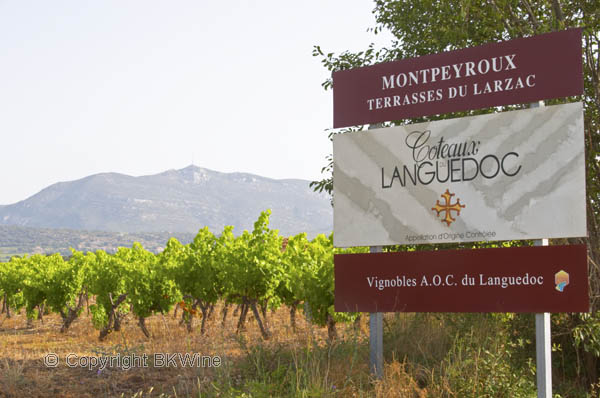
“We started as part of Coteaux de Languedoc in 1985 but starting at Nîmes and ending at the Pyrenees was too large,” said Terrasses du Larzac Syndicat president Vincent Goumard of Mas Cal Demoura. “What’s different from the other five Coteaux de Languedoc areas is that we’re close to the broken Larzac plateau which dominates the climate by allowing cool breezes to blow down in the evenings.”
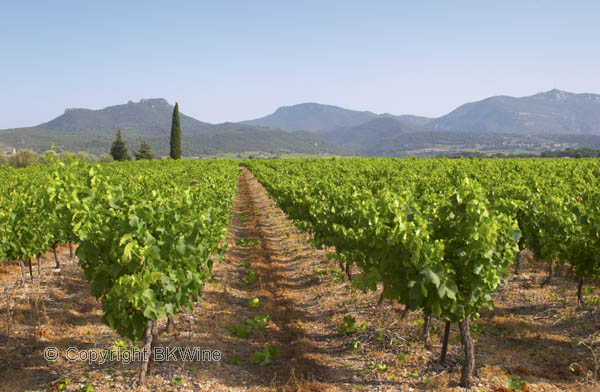
Appellation wines are limited to reds made from the traditional Syrah, Grenache, Mourvèdre, Carignan, and Cinsault of which at least three must make it into the blend, though in practice a large number of growers are limiting their blends to two with Mas des Brousses even making a ripe 99% Mourvèdre.
Very diverse and organic-poor soils of schist, calcareous clay, stony limestone, nearly pure calcareous and the slightly more northern climate help ensure higher acidity than other Languedoc regions.
Terrasses du Larzac is famous throughout France for having been a hot spot of 60s anti-war activism, a reputation it holds fast to today in being a centre of organic growing in one of the country’s most socialist areas. As well it is a personality-driven region where it is tough to get people to agree on regulations and everyday ways of doing things, simultaneously causing pluses and minuses. Of the 45 growers in the Terrasses du Larzac only six are certified organic though France’s agricultural ministry underwrites growers transitioning to grow organically.
This is the first of four articles on the wines and wine producers in the Terrasses du Larzac. Read more here:
- Part 1: Terrasses du Larzac in the heart of the Languedoc wine region [this article]
- Part 2: Terrasses du Larzac wine producers (1): Mas des Chimères, Mas Conscience, La Pèira en Damaisèla, Le Clos du Serres
- Part 3: Terrasses du Larzac wine producers (2): Château de Jonquières, Mas de l’Écriture, Mas Cal Demoura, Mas Jullien
- Part 4: Terrasses du Larzac wine producers (3): Domaine du Pas de l’Escalette, Domaine de la Sauvageonne, Vignes Oubliées
(*) This article is a modified version of a text that was originally written as a “postcard” feature for The Sommelier Journal in the USA. Republished with permission.
If you want to know more about the wines and wine producers in the Languedoc you can read BKWine’s Languedoc book with Britt and Per Karlsson. But unfortunately it is currently only available in Swedish.
[box type=”info” style=”rounded” border=”full”]
Languedoc is one of the most exciting wine regions in France, full of young and entrepreneurial winemakers. If you want to experience it up-close, meet the winemakers, taste the excellent wines and enjoy the food you can come on a Languedoc wine tour with BKWine.
Travel to the world’s wine regions with the wine experts and the specialist in wine travel.
[/box]
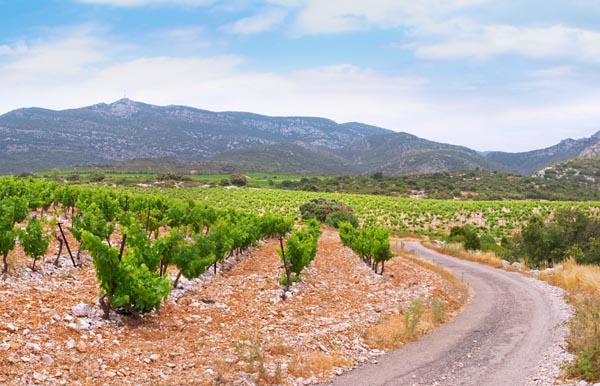




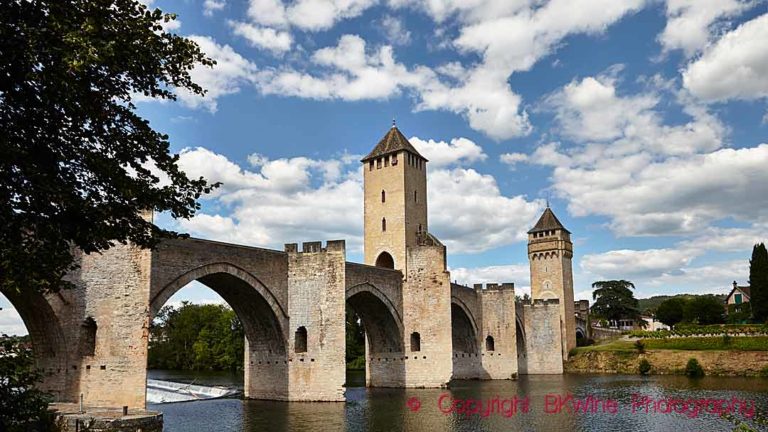
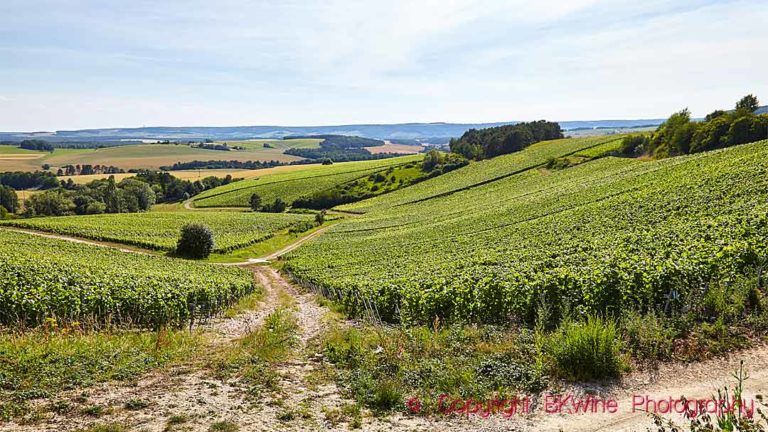





2 Responses